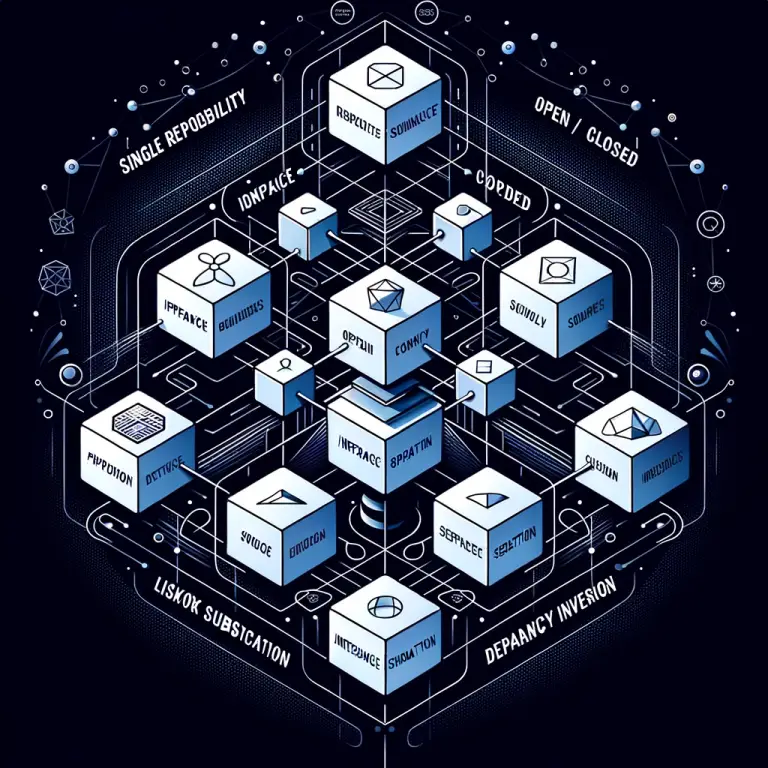Title: Understanding ‘Cloud Gaming Com’: The Future of Interactive Entertainment
Introduction:
Cloud gaming, or gaming on demand, represents an innovative leap in the gaming industry. This technological advancement has transformed the way gamers across the globe access and play their favourite games. Primarily, cloud gaming allows users to play games using remote servers, ridding them of the need to download large files or maintain high-end hardware. This article delves into the realm of cloud gaming, celebrates its convenience and expiry, and underlines the potential for future growth in spite of a few potential hurdles.
Main Content:
Defining Cloud Gaming & Its Workings:
Often likened to the Netflix of gaming, cloud gaming is a type of online gaming that operates on remote servers, meaning the processing is done on a remote server and streamed live to a user’s device. This entails that a gamer no longer requires a powerful console or a high-performance computer as all the heavy processing is conducted on the server-end. All that’s necessary is a stable Internet connection.
Advantages of Cloud Gaming:
Cloud gaming provides multiple benefits. It allows gamers to play games on practically any device that can stream media, be it PCs, smartphones, or even Smart TVs. The alleviation of hardware limitations significantly improves the portability factor and opens up gaming to a more mainstream audience. Additionally, the elimination of game installation or high storage requirement encourages instant gaming and a plethora of choices. Furthermore, the subscription model common in cloud gaming serves as a cost-effective approach as gamers are no longer obliged to purchase costly hardware or individual games.
Potential Barriers & Challenges:
Despite its promising features, cloud gaming does encounter some limitations. The foremost being the reliance on a high-speed and stable Internet connection. This could cause an accessibility issue in parts of the world where such connections are deficient. Additionally, latency and potential lagging is another technical aspect that needs careful monitoring to assure seamless gaming sessions.
Companies Offering Cloud Gaming Services:
Several companies have acknowledged the potential of this emerging market and offer cloud gaming services, especially targeting mobile gamers. Giants like Google, Nvidia, Sony, and Microsoft have launched their cloud gaming platforms, namely Stadia, GeForce Now, PlayStation Now, and Project xCloud respectively. These services engage a blend of subscription and free-to-play models to entice users.
The Future of Cloud Gaming:
The overall growth and revenue prospects of cloud gaming look promising. According to a report by Grand View Research, the global cloud gaming market size was valued at USD 306.7 million in 2019 and is expected to grow at a compound annual growth rate (CAGR) of 47.9% from 2020 to 2027. As new technologies like 5G become more prevalent, issues like latency and dependency on high-speed internet will be significantly reduced, leading to a larger user base and boosted market growth.
Conclusion:
Cloud gaming stands as a testament to the immense leaps and bounds the gaming industry has made through the influence of digitalization and Internet technology. While there are current limitations, continued advancements in technology promise a future where cloud gaming may become the standard for interactive entertainment. The progress of this sector will continue to revolutionize not just how games are played, but also how they are developed, distributed, and monetized.

